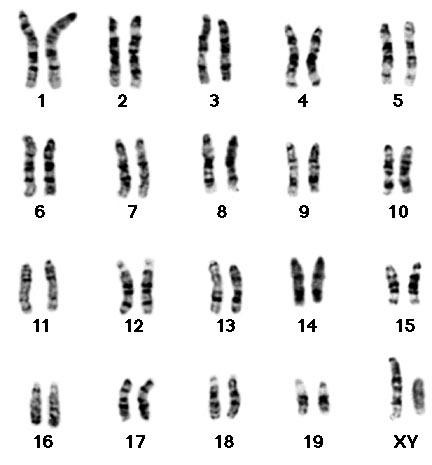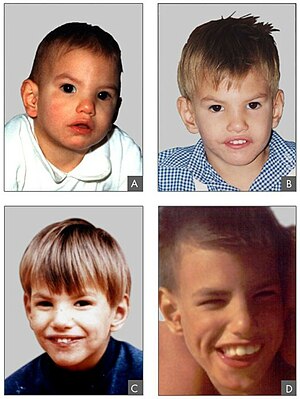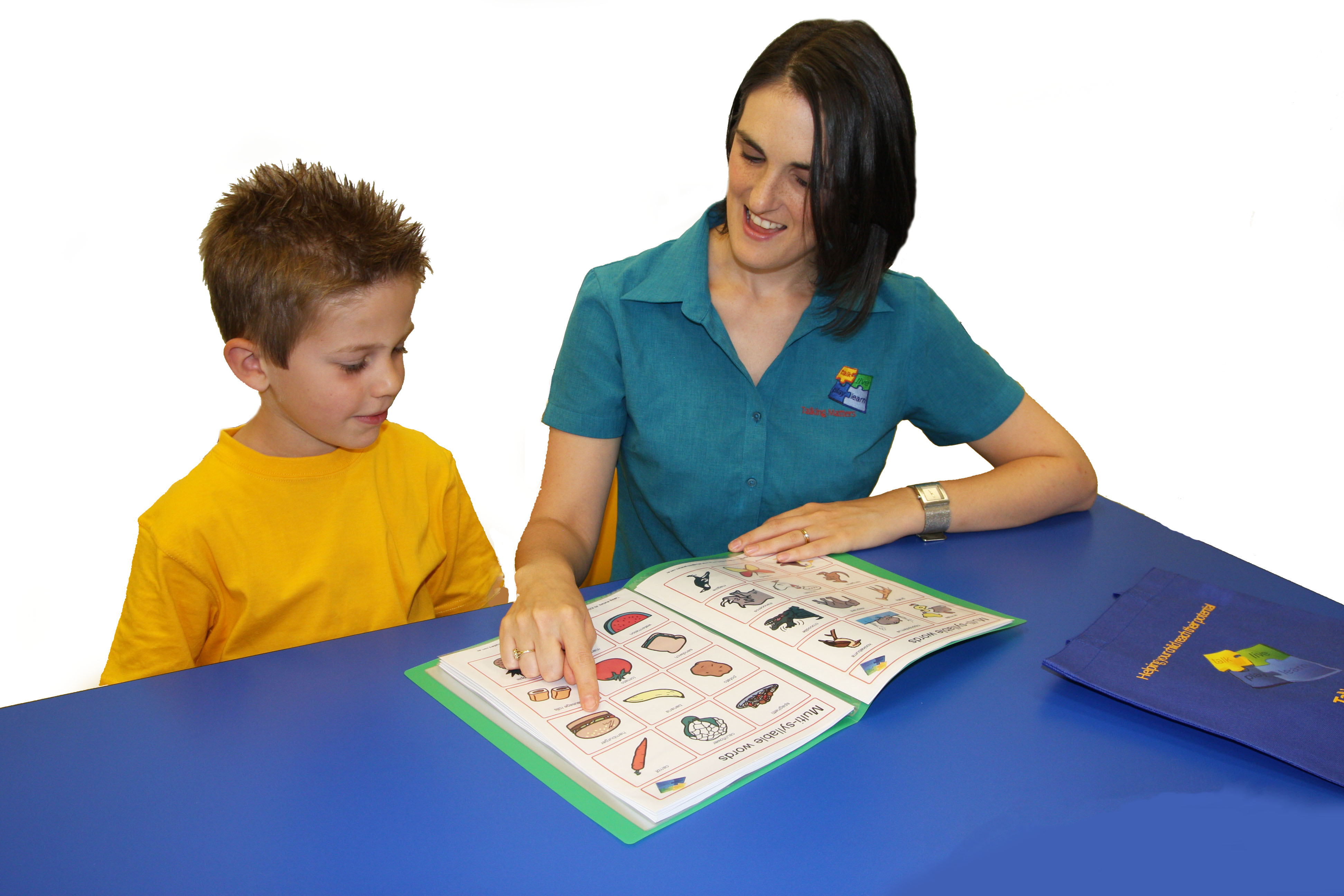(Transcript)
- What problem is your topic trying to solve?
Humans have 46 chromosomes. In the case of meiosis, the sex cell is split into 4 new cells now each holding 23 chromosomes. When you and your partner “make love”, 23 chromosomes from each person is passed down resulting in 46 chromosomes. Each chromosome has many genes and specific instructions on how the baby will grow. Sometimes, there is an error within these “instructions”. This causes the baby to grow abnormally. My topic was genetic counseling. Genetic counseling is a solution to see the risk you and your partner have to pass down an inherited disorder. You personally may not be affected by a certain condition, but there is a chance that you might have the instructions for this condition in you. This can be passed down when you are mating. This is why genetic counselling is recommended. Furthermore, when one goes through a session of genetic counseling, they are taught in depth the consequences, nature of the disorder, and have multiple options given to them for the process of managing it. This allows disorders like, down syndrome, sickle-cell, anemia, tay-sachs disease, muscular dystrophy, etc… to be detected before 2 partners mate and have their genes passed down which can higher the risk of getting a child with one of these conditions. Genetic tests are performed by an analyzes of the DNA of each partner which can be provided by something as simple as a drop of blood.
- What assumptions are made by your sources?
In some of my sources, there were assumptions created by the author which perceived the reader to be a woman scared of pregnancy. They also assumed that the reader came to this source because they were uncertain whether genetic counseling was right for them. I know this because the article tried to persuade me as a reader, that genetic counseling was the best solution for this problem. Furthermore, the sources wrote the article in a way that told me that genetic counseling is never inaccurate. They assumed that genetic counseling was always successful and never talked about the negatives of it. No source ever gave me information about the actual research studies that were conducted. This also tells me about the biases of these writers.
- What are the writers’ biases?
Most of my sources specifically listed only the benefits of genetic counseling. This made it so that it seems that genetic counselling would be a great solution for this problem. Constantly, all my sources wrote about genetic counseling in a good light. This tells me that the writer’s biases were leaning towards recommending genetic counseling. Some of my sources tried to avoid the negatives and was “selling off” genetic counselling. This made me steer away from using this source as a reference.
- What social implications does your topic have?
Like mentioned before, genetic counseling allows society to look into the genes of 2 individuals wanting to “pass down their genes”. This could heavily affect society because it allows the couple to see the chances of a possible mutation. Why? Because if each and every couple that were about to decide to have a baby in this world was to have a session of genetic counseling beforehand, there would logically be 2 likely ways it would end; the couple could end up not having a child at all if the chances of a mutation were too high, or the couple would resort to adoption. Either way, each scenario would result in a sufficient decrease in the human population. More specifically, there will be less people with mutations. Now, would this be a good or bad thing? Well, that would be up to you, as the listener, to decide.
- What ethical implications does your topic have?
The result of genetic counseling will surely tamper the human population. Now this is when morals come into place. Is it wrong that us humans are allowed to tinker with god’s work? Shouldn’t we leave the work of birth to nature? Moreover, if almost every high-risk mutation gene passing human couple was to not breed for the sake of not having a child mutation, eventually the mutation genes will slowly subside. This would lead to a situation in which mutations would be viewed as far more discriminated than it already is as it would become rarer. Furthermore, genetic counseling can cause stress, arguments, and disputes amongst family members.
- Evaluate your topic and whether it is a satisfactory solution to the problem, given the weaknesses you have already addressed.
Genetic counseling is trying to solve is the uncertainty a specific disorder has to be passed down. I believe it is a satisfactory solution to the problem to an extent. Genetic counseling only lets you see the probability of a mutation being passed down, so it does not directly fix lowering the chances itself when humans naturally mate. It’s like knowing who the serial killer is but not being able to stop the process of the killing. On the other hand, there are still limitations to the genetic screening. What happens if there was an inaccurate screening and 2 high-risk mutations genes are passed down to a baby? Although this doesn’t happen often, this can still be a problem. So overall, it is based on how high your standards are and how you view each problem that will determine its satisfaction.
- What is your personal stance on this topic?
Personally, I think genetic counseling was a great breakthrough in science. Now, couples can observe the chances of transferring mutation genes down and act beforehand. Lots of suffering and stress can be avoided. Genetic counseling has even created many new jobs, profitable revenue, and new fields of study. Personally, I believe genetic counseling has many benefits; although do I understand how some people can have an issue with it. Overall, I feel the pros outweigh the cons which is why I see genetic counselling as a positive impact on society.
- Cite the sources you used to find your information.
Bibliography
Heller, Karen. Genetic counseling: DNA testing for the patient. 18 April 2005. 11 December 2016.
Lea, Dale Halsey. Ethical Issues in Genetic Testing. 5 June 2005. 11 December 2016.
Walker, Ann P. Genetic Counselling. December 2009. 11 December 2016.




